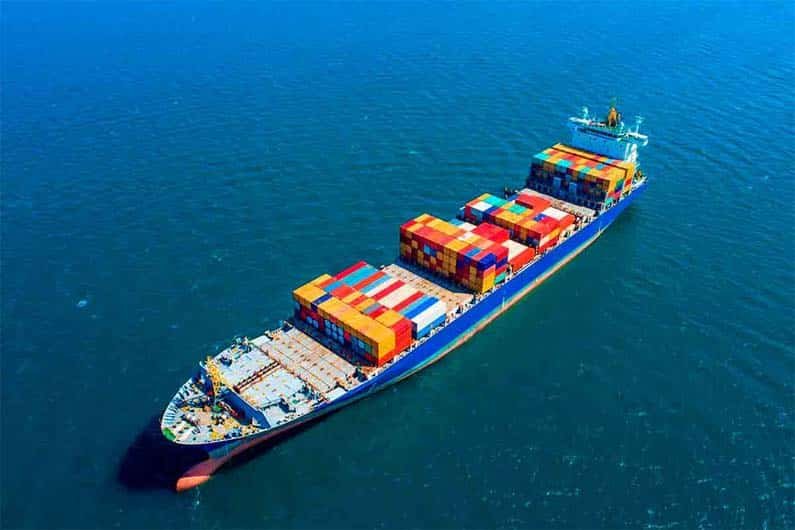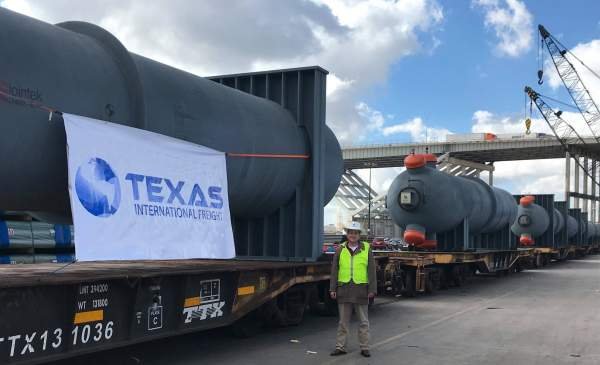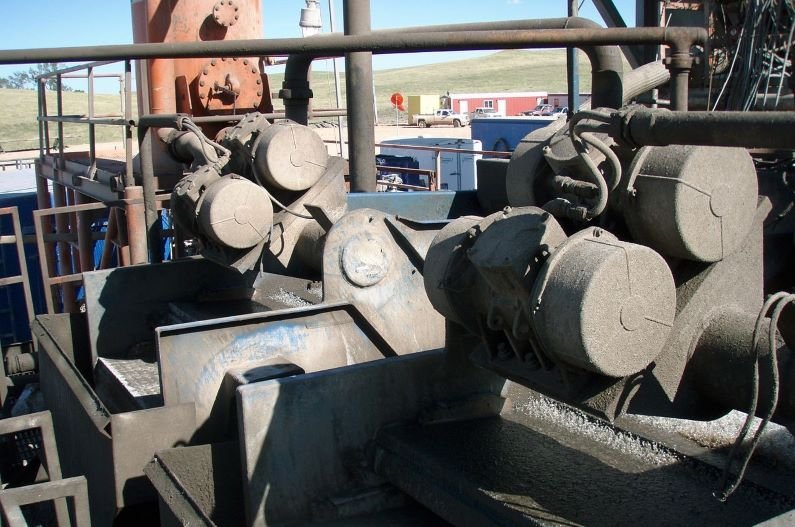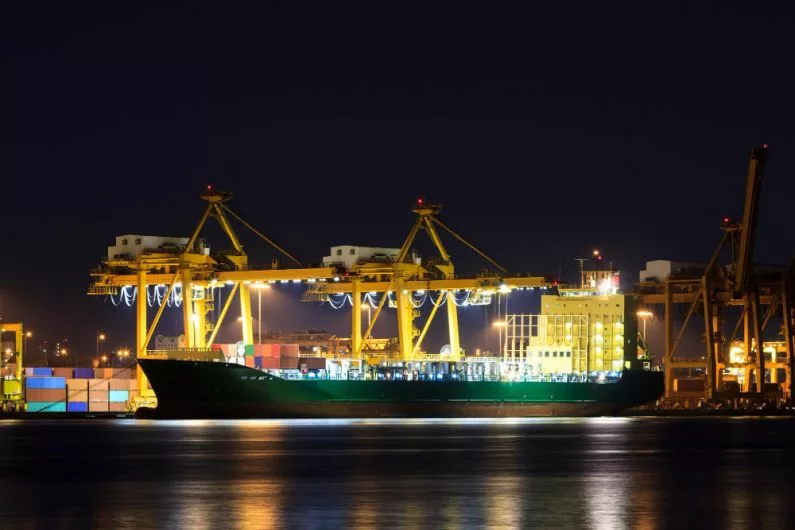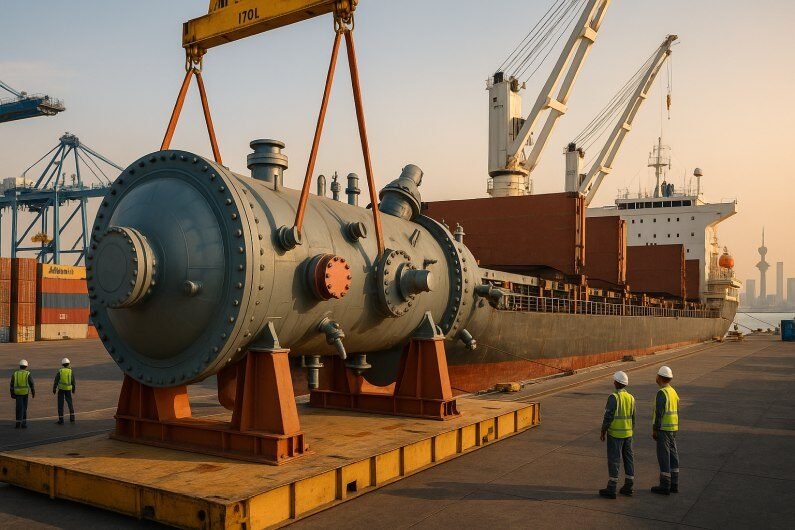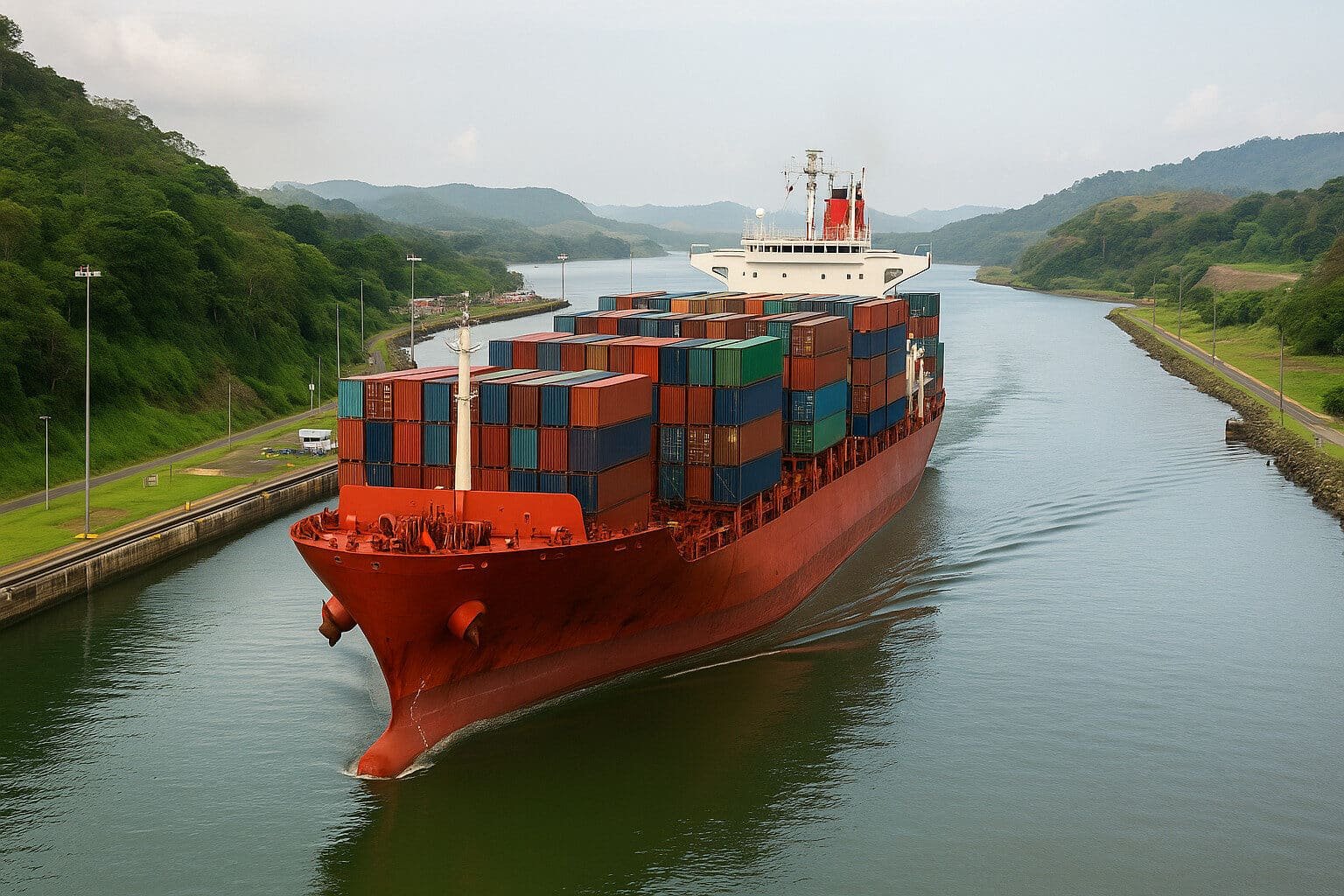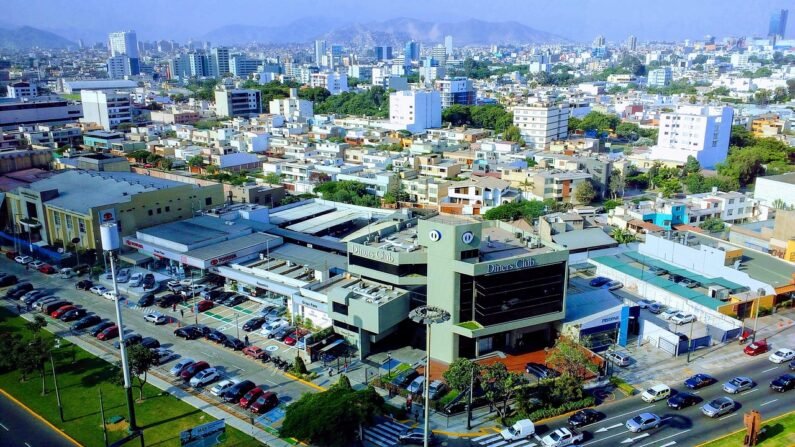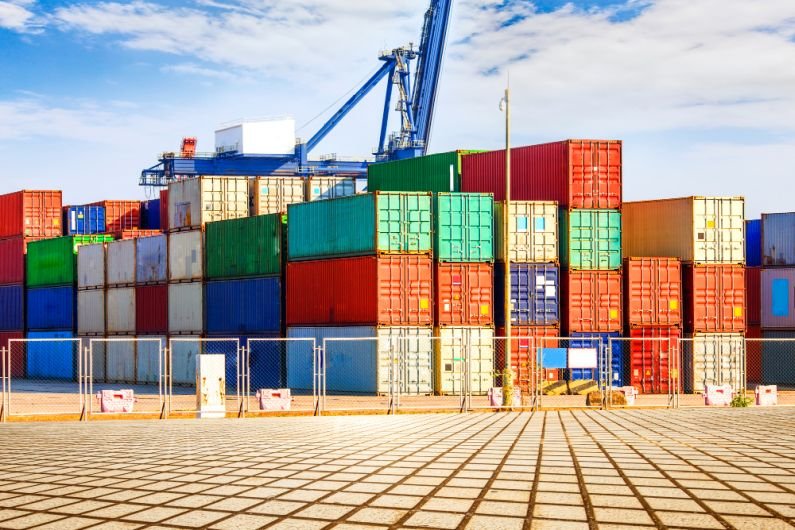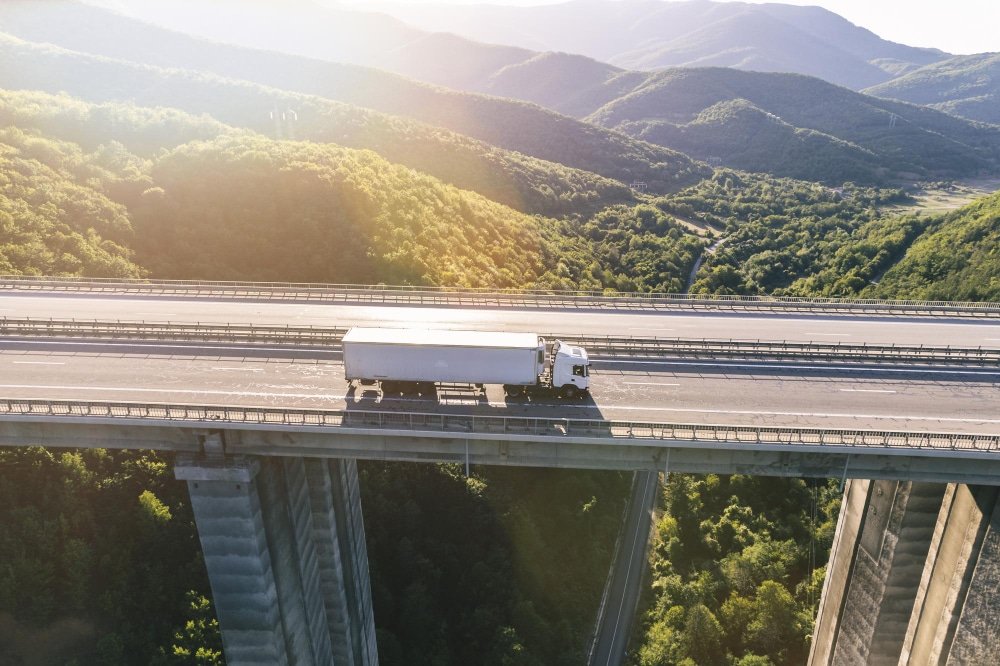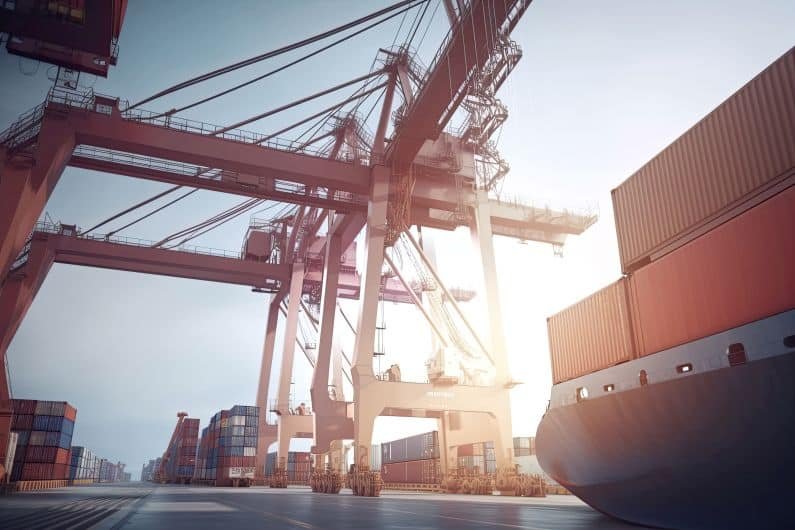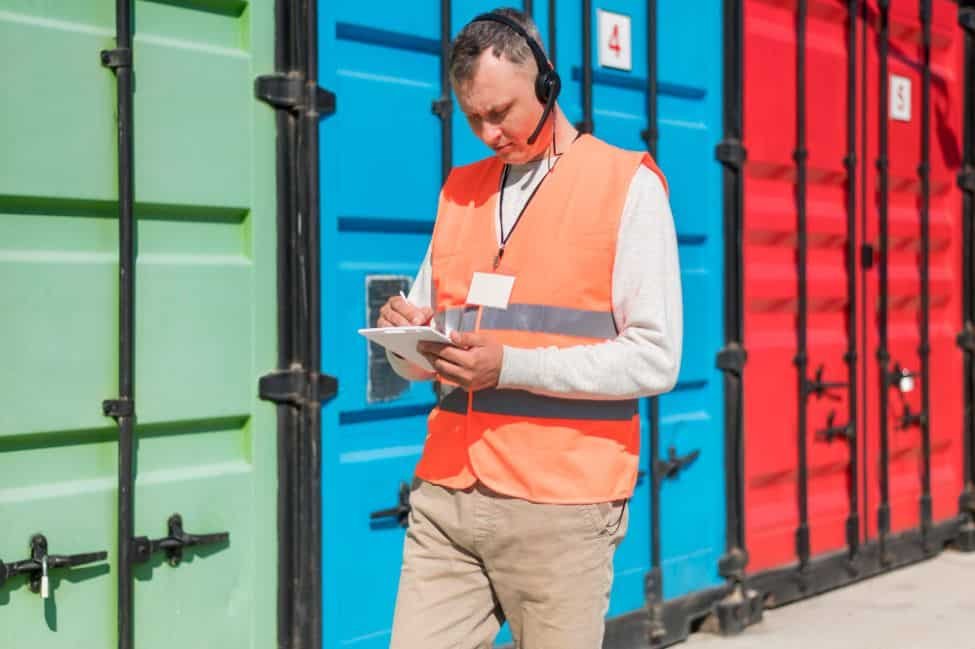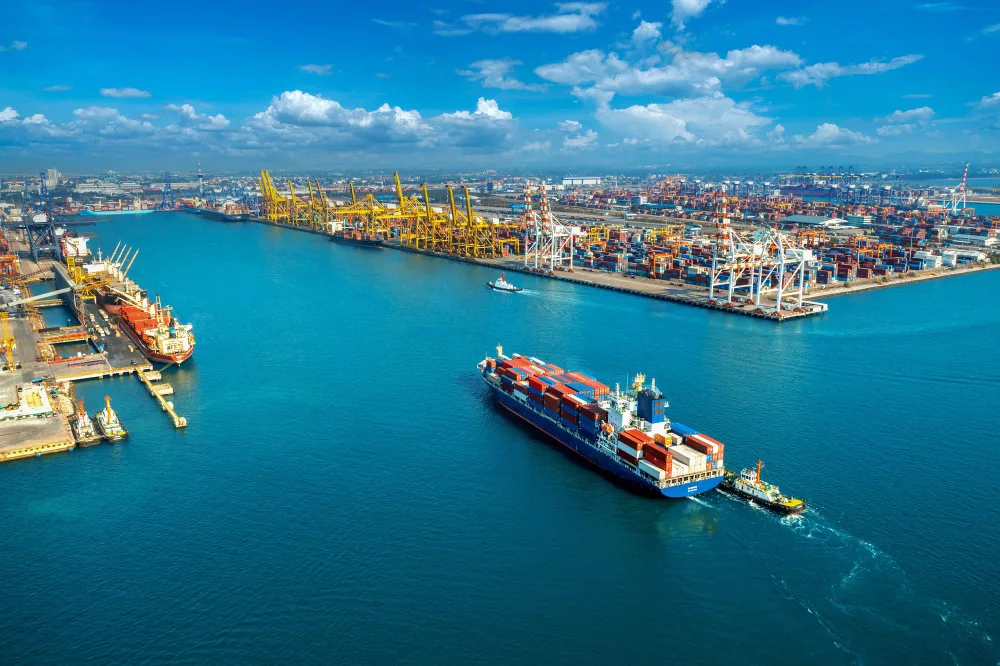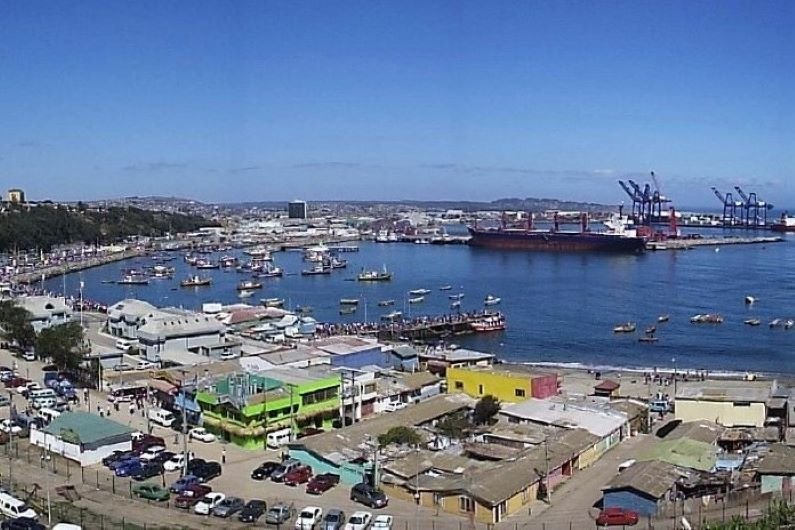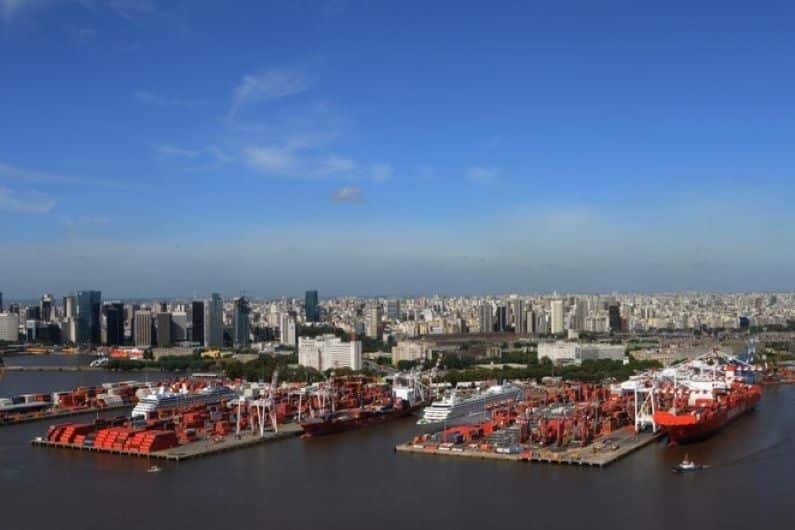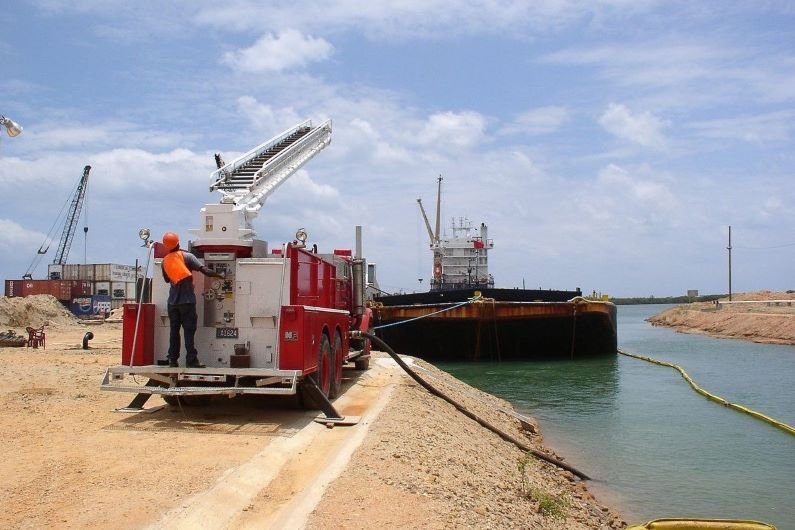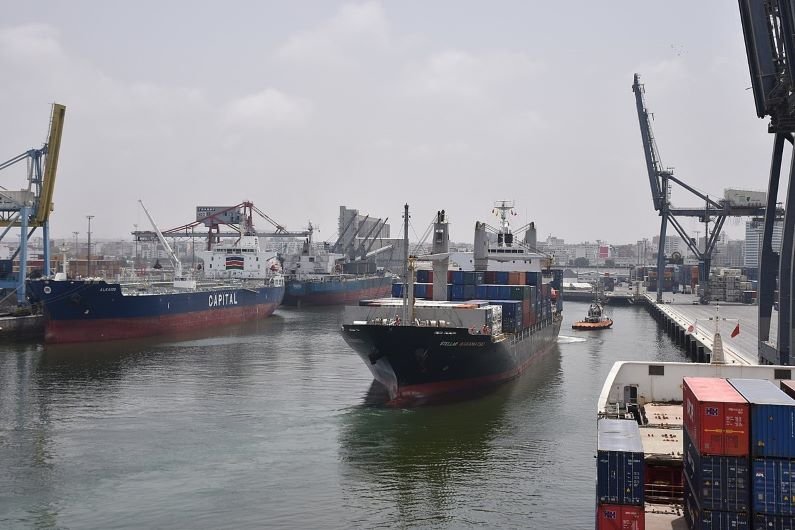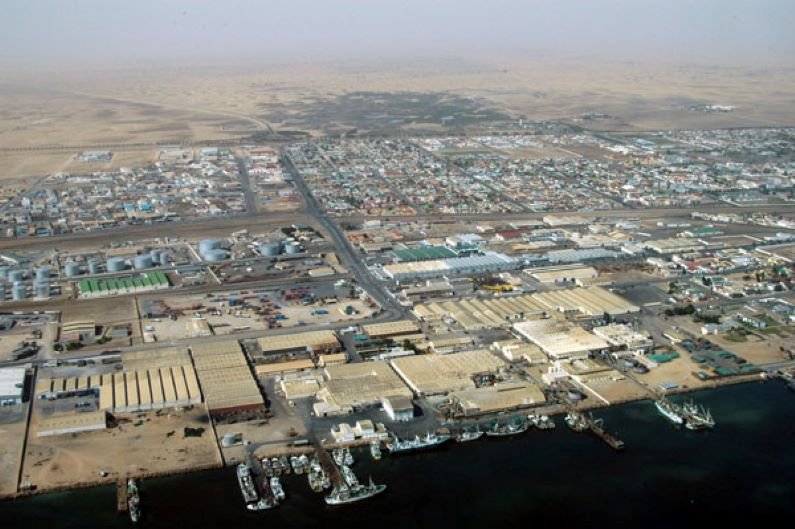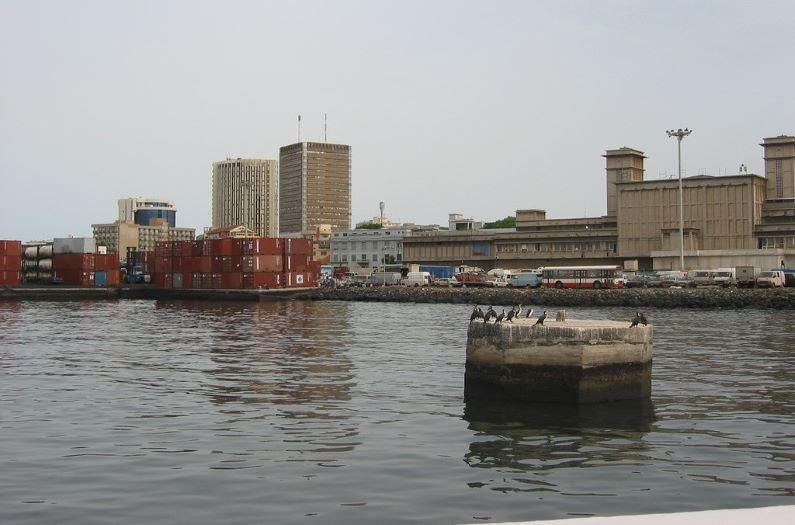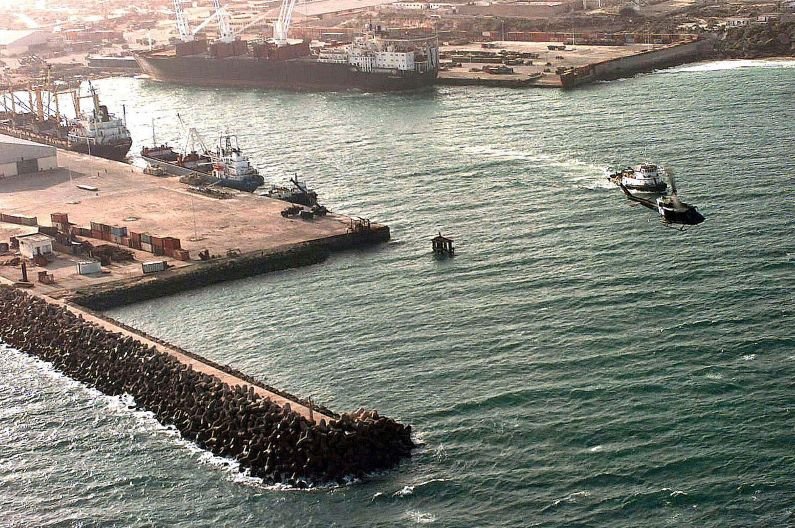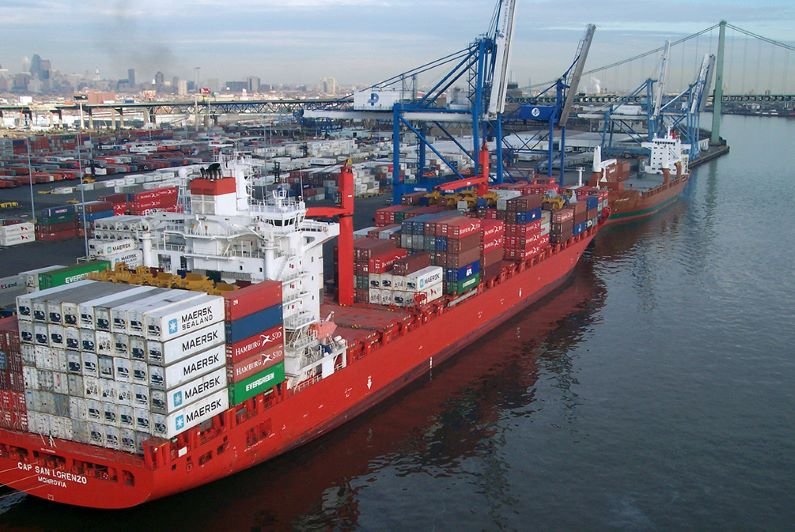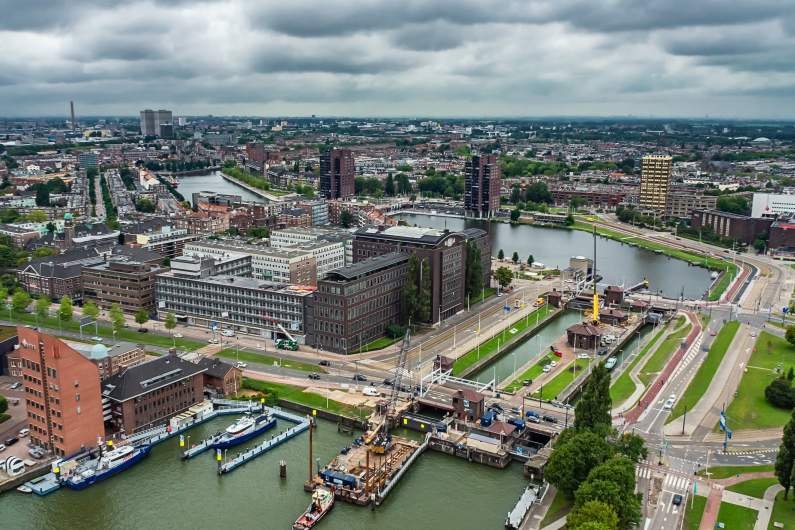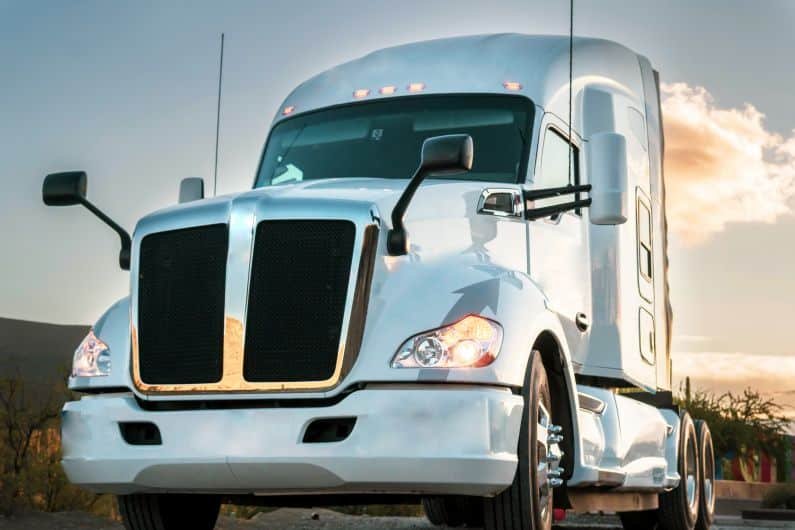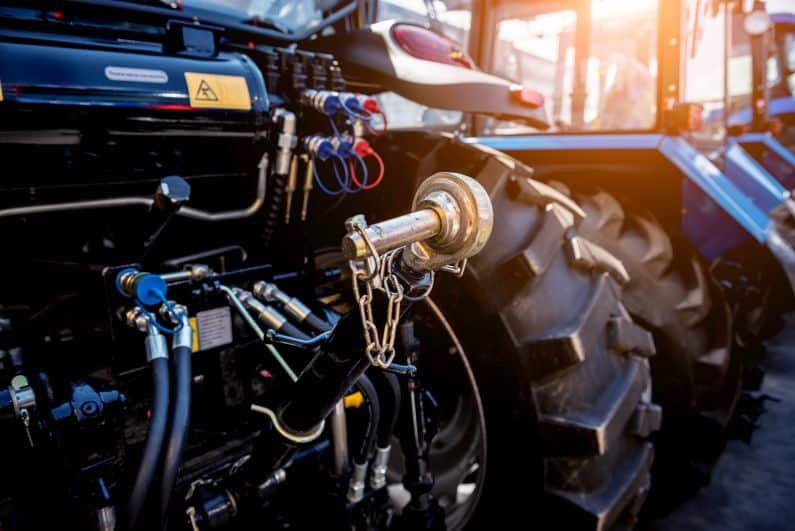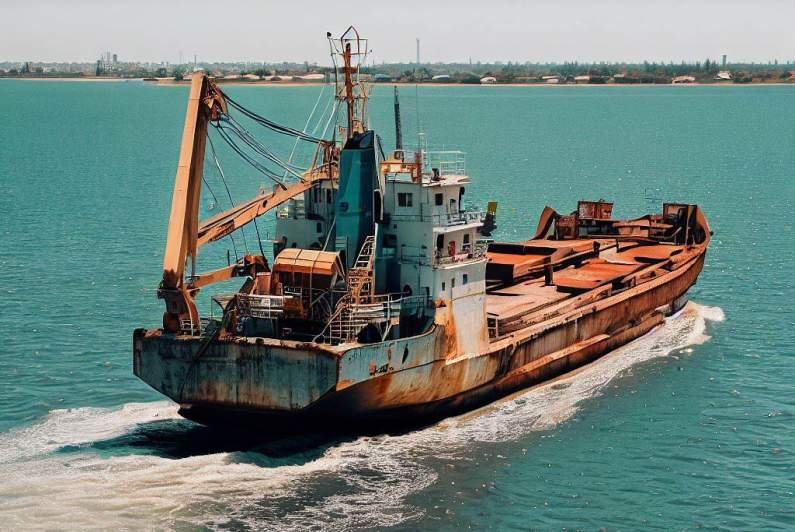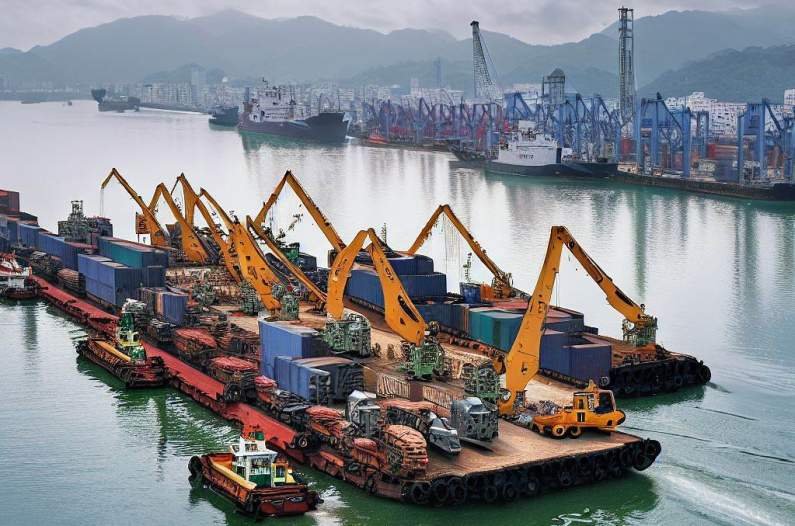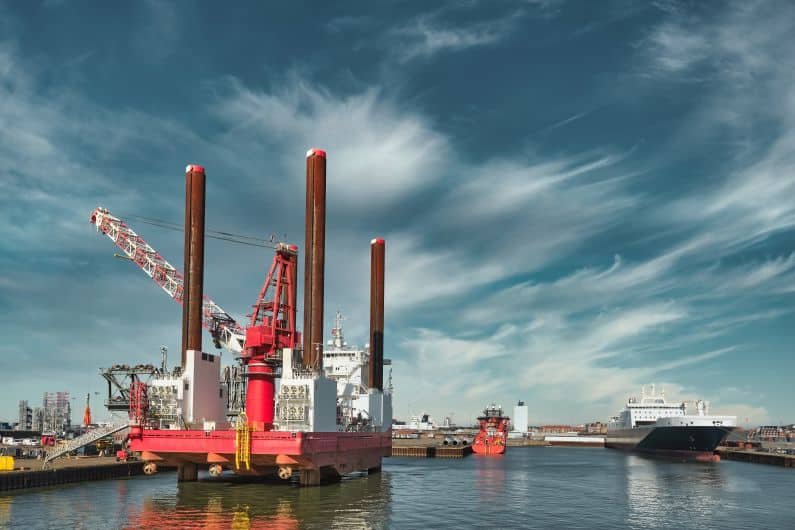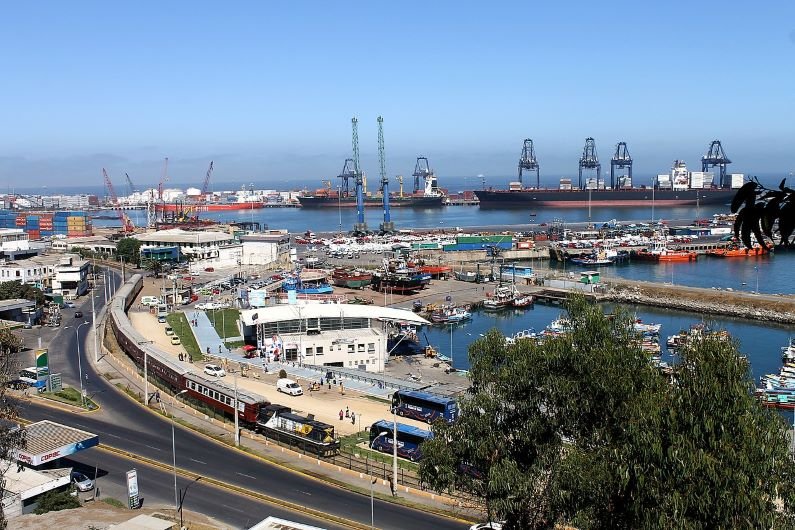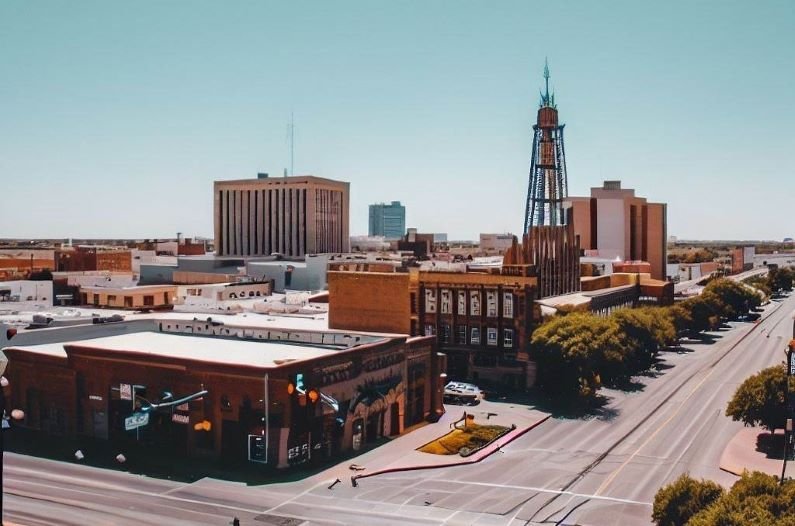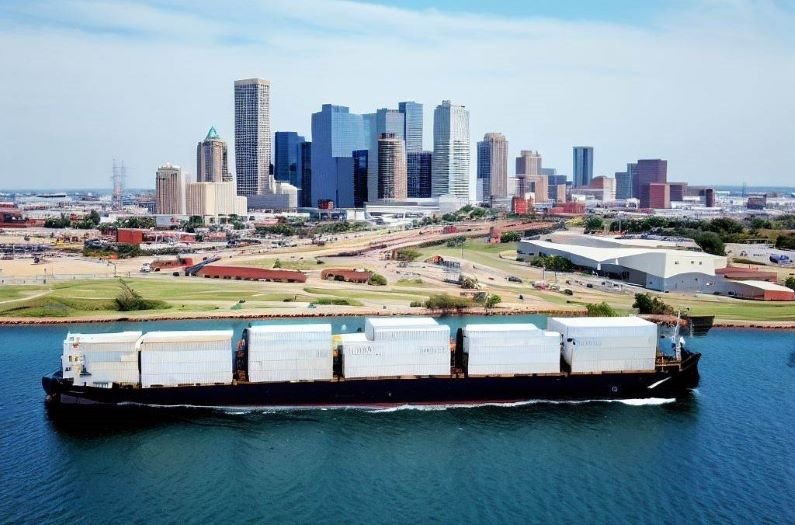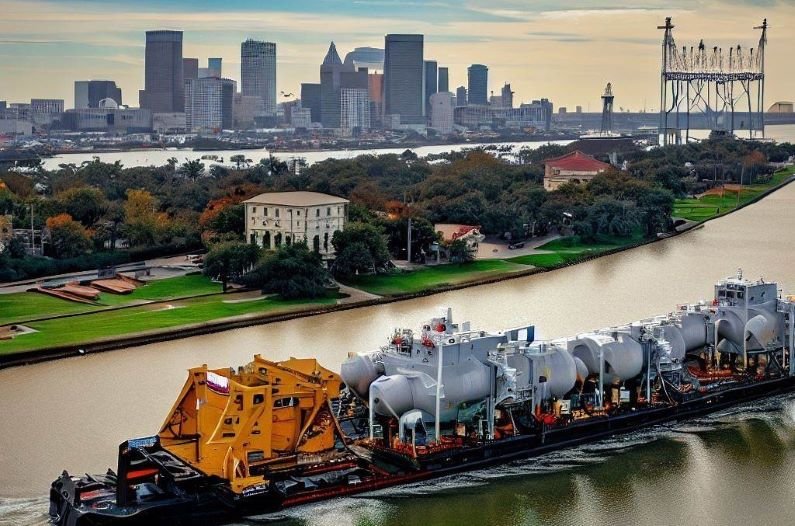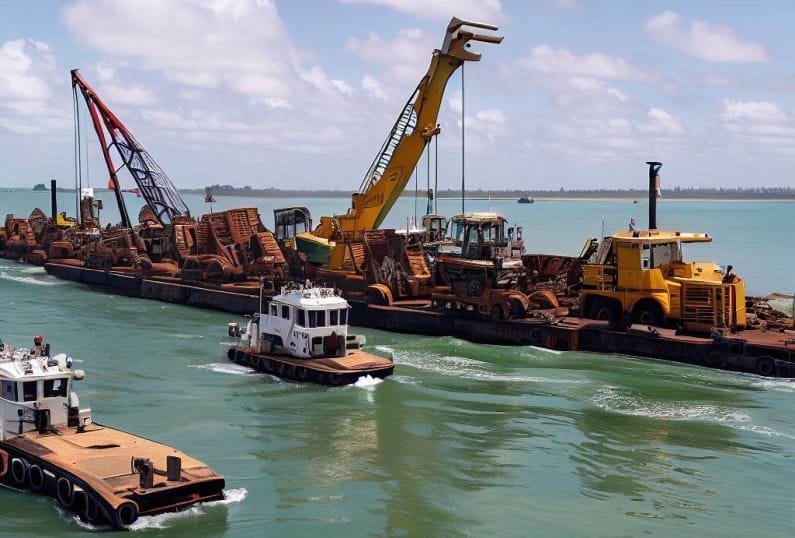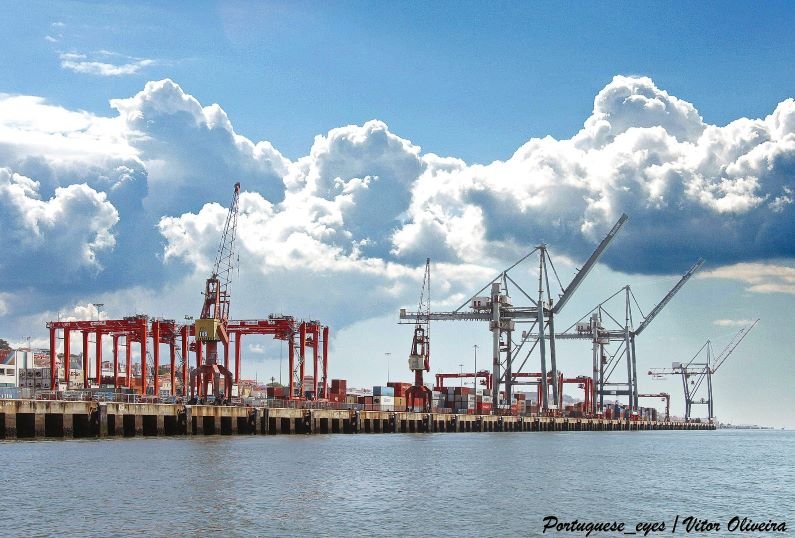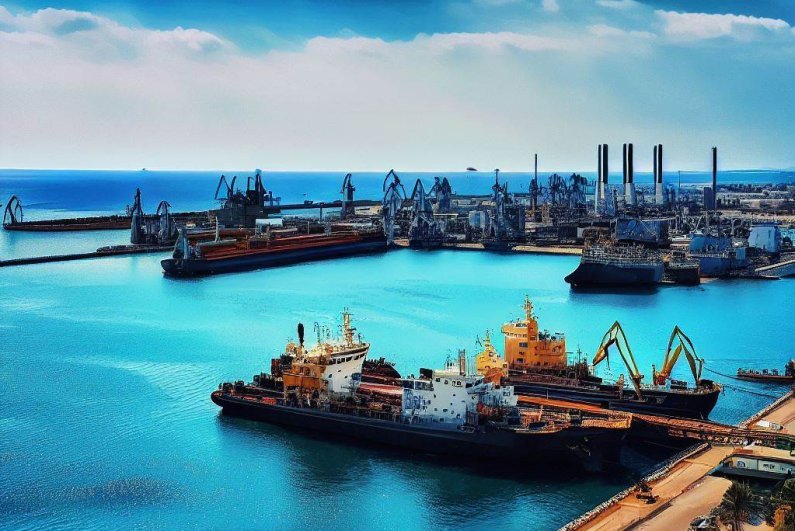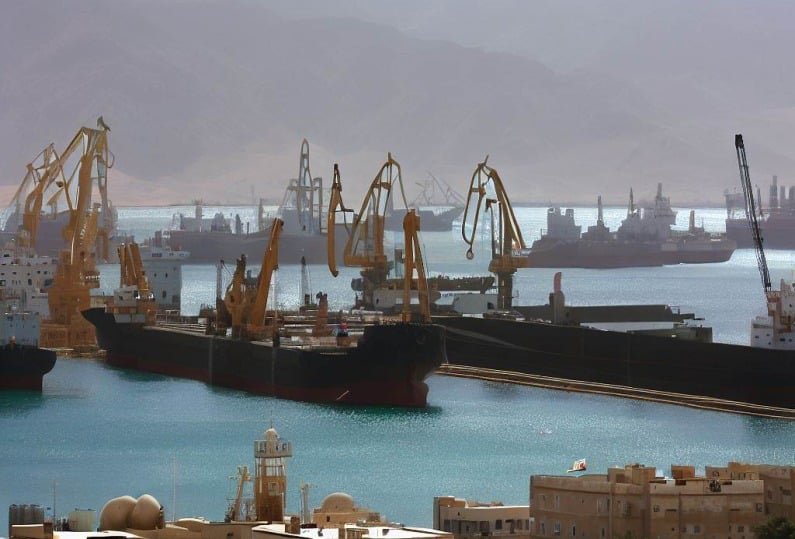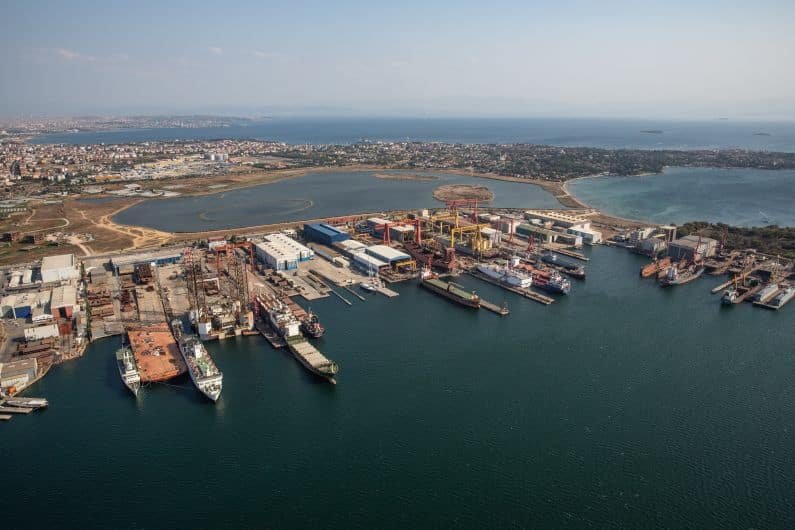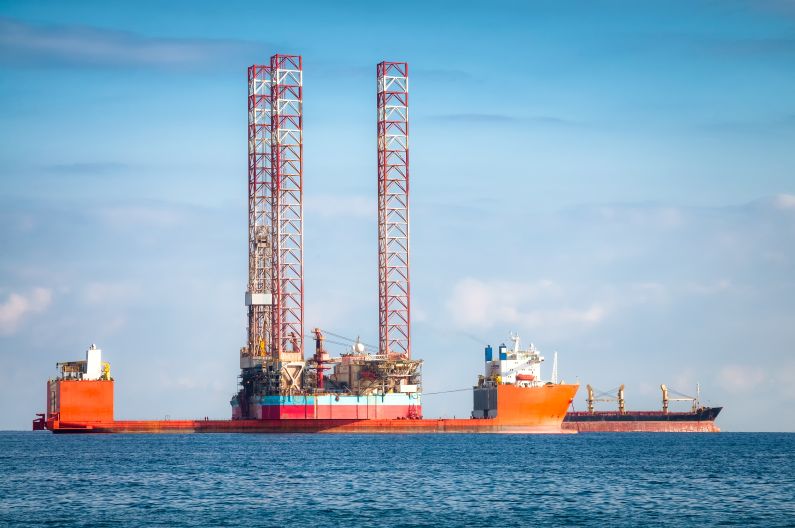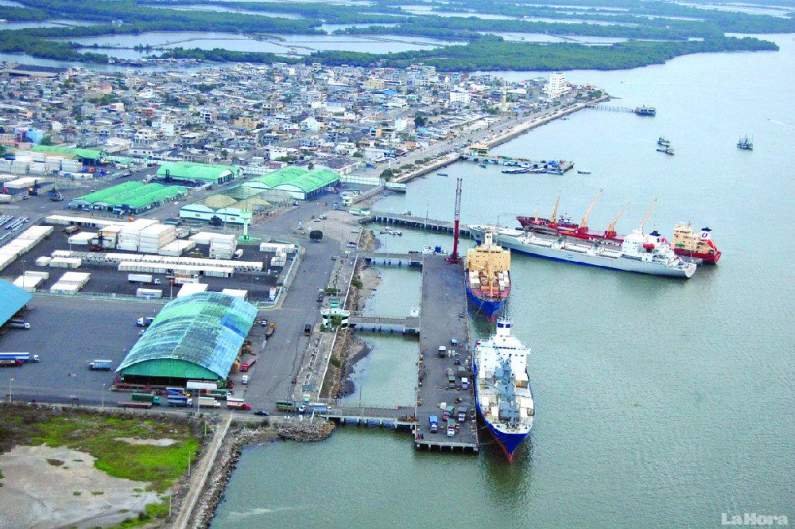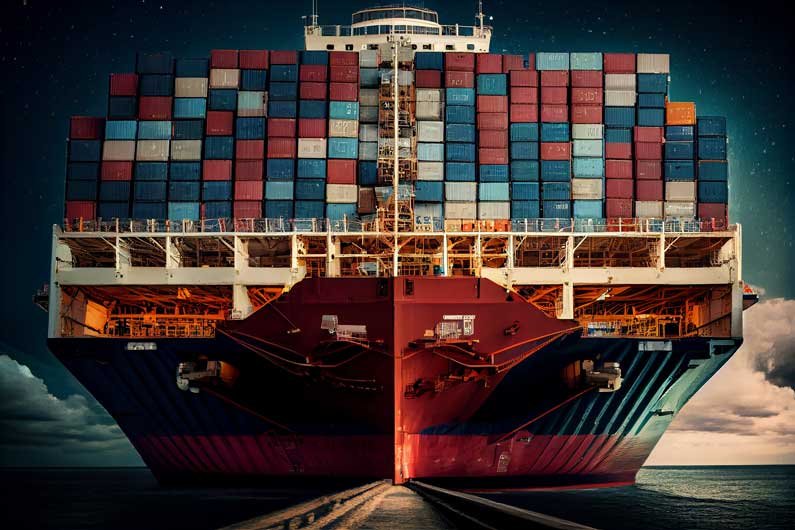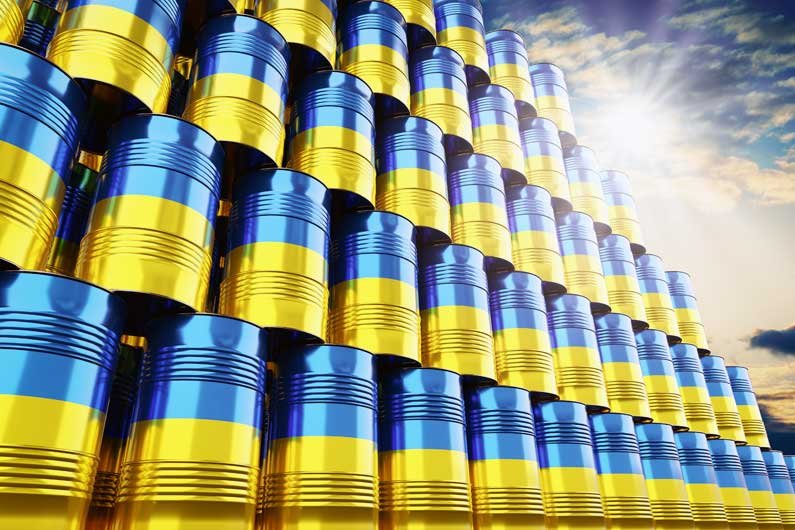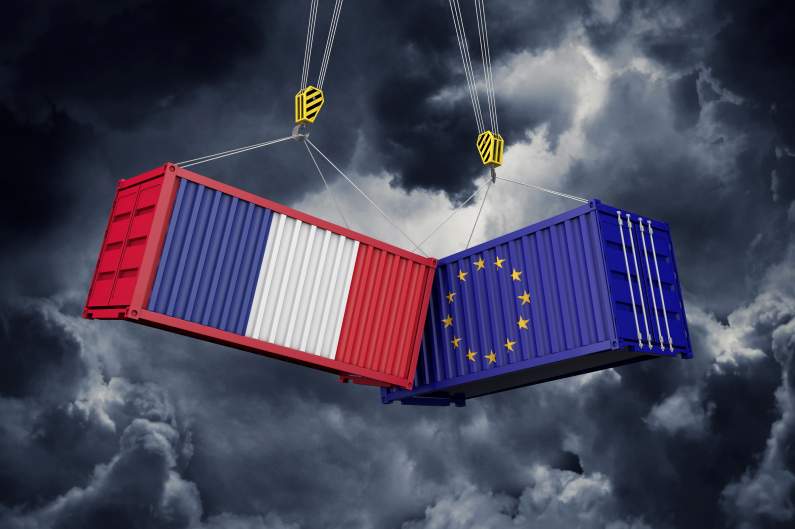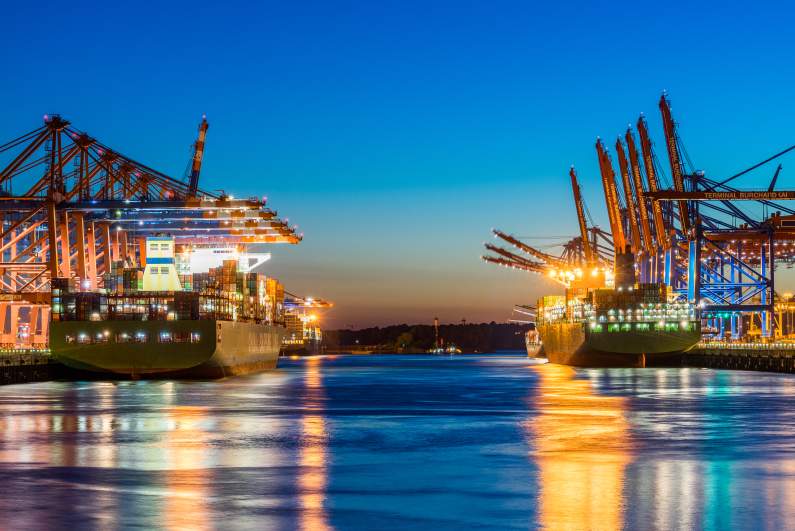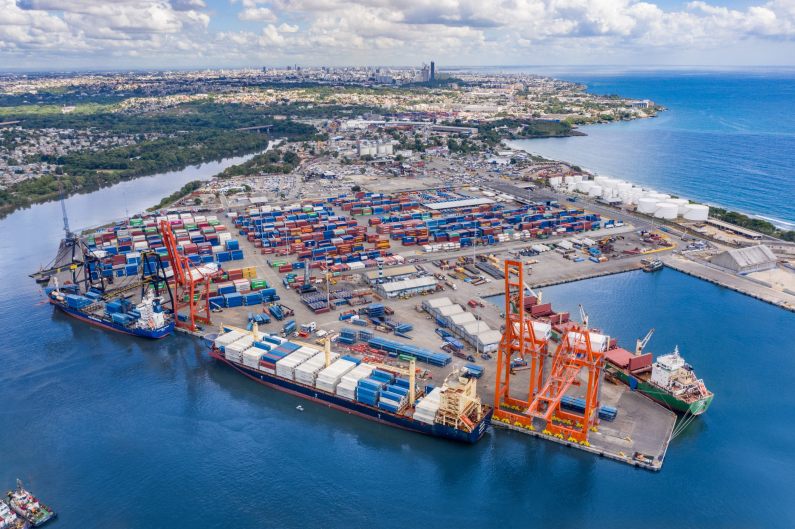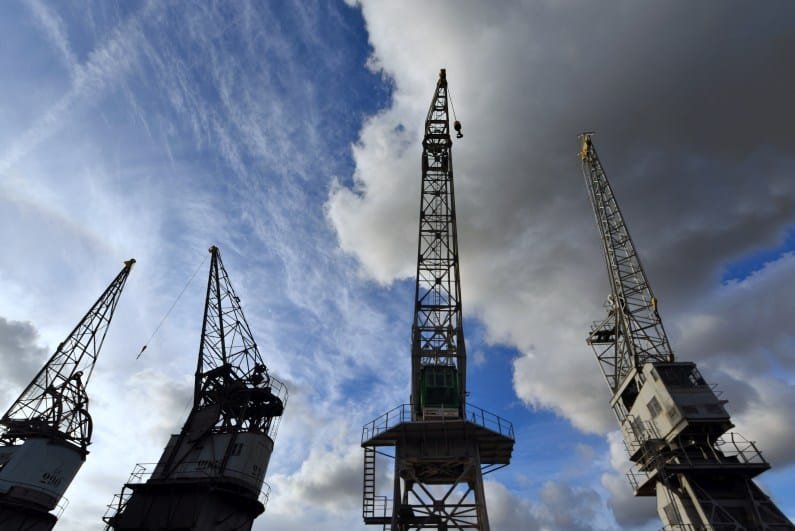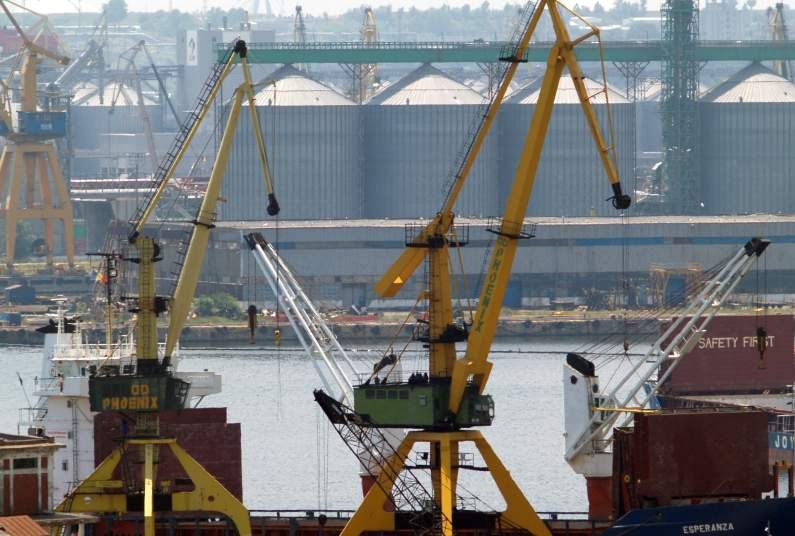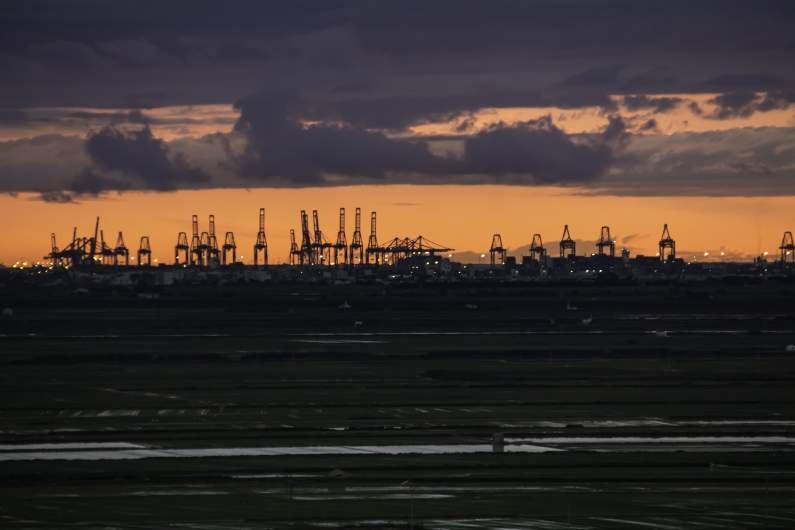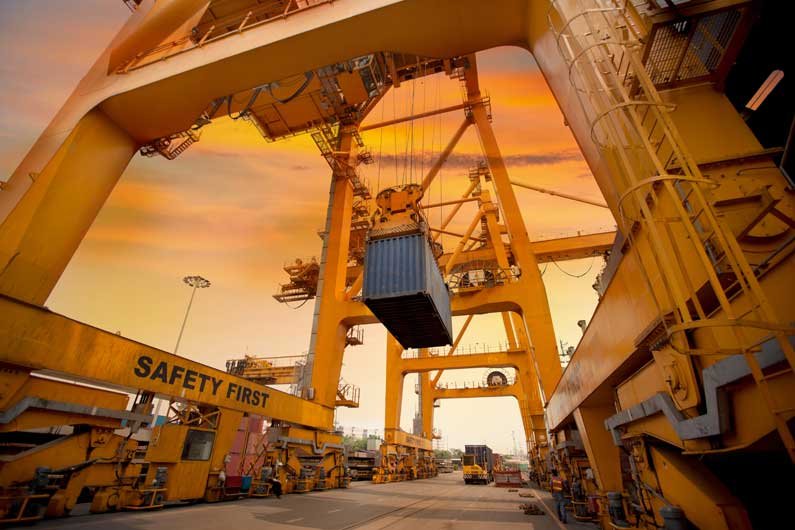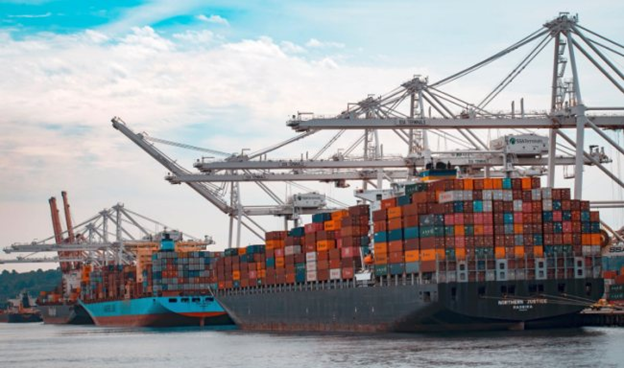What Is Meant by Logistics?
The term logistics refers to the complete process of planning, managing, and executing the acquisition, storage, and transportation of resources to their final destination. It involves selecting reliable distributors and suppliers, assessing their performance, and ensuring accessibility—tasks overseen by logistics managers, often called logisticians.
Originally, the word logistics was used in a military context to describe how armed forces procured, stored, and transported equipment and supplies. Today, the concept has been widely adopted in the business world, especially within industrial sectors, to describe the movement and management of goods across the supply chain.
In essence, logistics means ensuring the right product is delivered to the right place at the right time. To meet the needs of customers or businesses, logistics involves managing the flow of goods from the point of origin to the point of consumption, covering everything from raw materials to finished products.
Logistics resources can be tangible assets—such as materials, equipment, and parts—or consumables like food and other perishable items.
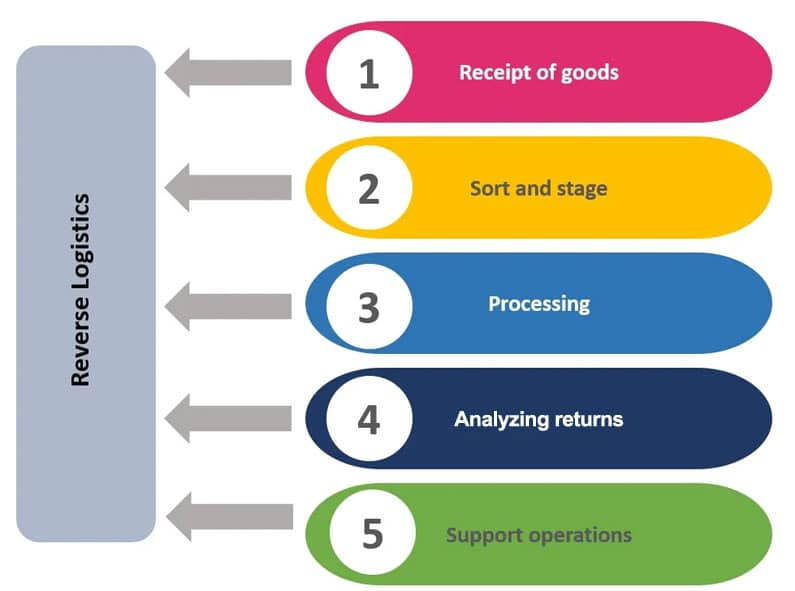
What Is Meant by Reverse Logistics?
Reverse logistics is a branch of supply chain management focused on moving goods from the end user back to the seller, manufacturer, or supplier. It’s commonly used in processes such as product returns, warranty repairs, and recycling.
Unlike forward logistics, which moves products toward the customer, reverse logistics flows backward—starting from the buyer and moving through the supply chain to the manufacturer. It may also involve activities like refurbishing, resale, or recycling of products at the end of their lifecycle.

Use of Reverse Logistics
Companies use reverse logistics to manage the return of goods back through the supply chain. The primary goals are to recover value or dispose of products responsibly. With the boom in e-commerce, returns now account for nearly a trillion dollars globally each year—making efficient reverse logistics essential.
Smart businesses leverage reverse logistics to improve customer loyalty, secure repeat purchases, and reduce return-related losses. While about 30% of online purchases are returned, the figure for in-store sales is under 10%—highlighting the unique challenges of managing online returns effectively.
The 5 R’s of Reverse Logistics
The core functions of reverse logistics are often summarized as the five R’s: Returns, Reselling, Repairs, Repackaging, and Recycling. Tracking and optimising each of these processes can significantly cut costs and enhance operational efficiency.

Example of Reverse Logistics
Reverse logistics ensures goods move from the point of consumption back to their origin, adding value wherever possible. A clear example can be seen in the oil and gas industry—specifically at gas filling stations. When the gas is used, the empty container is sent back to the manufacturer for refilling, creating a continuous reuse cycle.
5 Strategies to Improve Reverse Logistics
- Define clear return and repair policies to streamline processes.
- Collect and analyse customer feedback on returned items to improve products and satisfaction.
- Designate dedicated space or a returns centre to manage returned goods efficiently.
- Leverage cloud-based logistics software to track, refurbish, and recover assets.
- Integrate forward and reverse transportation—for example, having delivery trucks collect empty pallets when dropping off new goods.
Challenges in Reverse Logistics
Reverse logistics requires a robust, two-way supply chain. This involves investing in infrastructure and software to automate, track, and optimise every stage. Success depends on monitoring both inbound logistics (materials from suppliers to manufacturers) and outbound logistics (finished goods to consumers).
Reverse Logistics in the USA
In the U.S., reverse logistics is often an untapped opportunity. Many businesses overlook its potential for cost recovery and brand loyalty. At Texas International Freight, we deliver complete logistics solutions—saving clients significant costs through expert handling of complex return and recovery operations.
- Meeting tight deadlines without compromising quality.
- Providing cost-effective cargo shipping options.
- Guiding clients through U.S. Customs with our in-house licensed customs broker.
Technology in Reverse Logistics
Artificial intelligence is transforming reverse supply chains. AI can quickly identify patterns in returns, flag recurring defects, and optimise recycling or refurbishment workflows—helping industries from electronics to food reduce waste and improve profitability.
Conclusion
The future of reverse logistics lies in fully integrated returns management—linking product data with return handling processes to enable faster resale, repairs, or recycling. With the right strategies, businesses can turn returns from a cost centre into a profit driver.
Streamline Returns with Expert Reverse Logistics Solutions
Maximise the value of your returns with tailored solutions from Texas International Freight. Whether it’s product recalls, warranty management, or end-of-life recycling, our team ensures your goods are handled efficiently, sustainably, and cost-effectively.
Contact us today to develop a reverse logistics strategy that reduces losses, protects your brand, and supports your sustainability goals.

